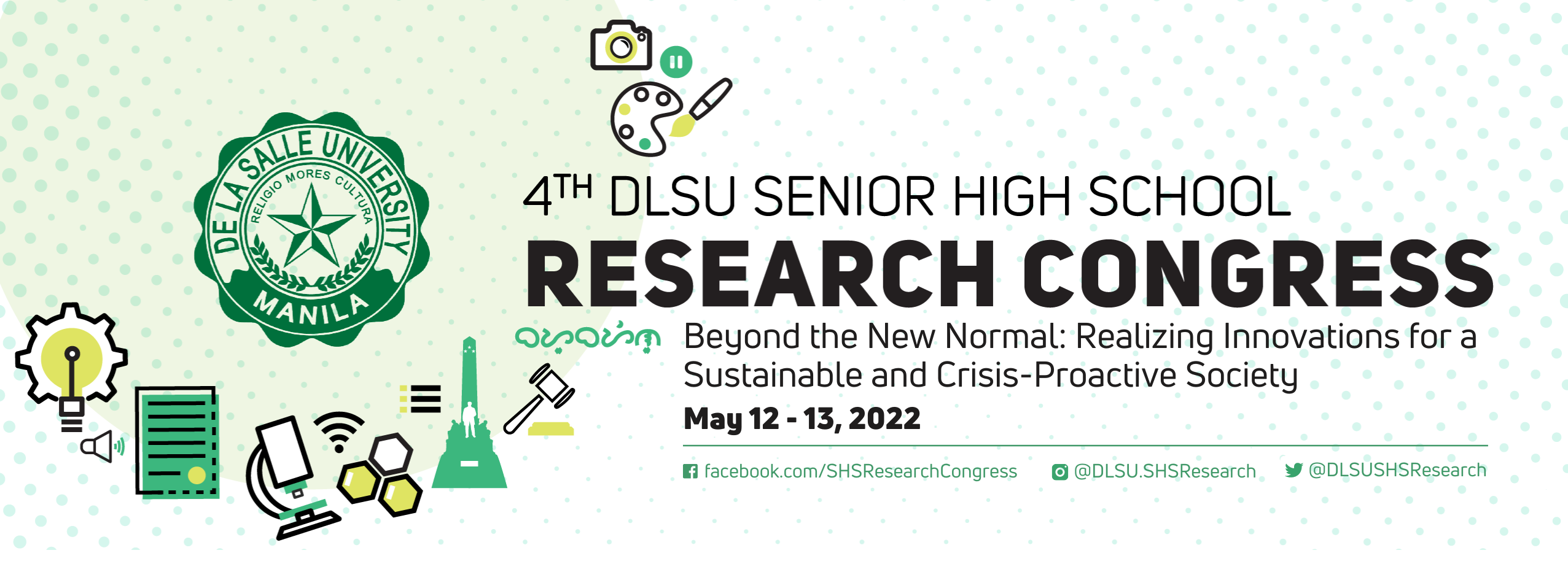Document Types
Paper Presentation
Start Date
13-5-2022 10:30 AM
End Date
13-5-2022 12:00 PM
Abstract/Executive Summary
Vaccines are one of the most efficient ways to combat COVID-19. However, vaccine hesitancy affects a sizable proportion of the population and may disrupt our goal to combat COVID-19. To combat vaccine hesitancy, research on its factors, mainly on sources of information, will be important to fight COVID-19. This research focuses on the influence of these sources on the vaccine hesitancy of DLSU Senior High School students and parents through an online survey. An online survey was sent to the respondents to collect data. Regression models and t-tests were used for analyzing the data. The analysis shows that vaccine hesitancy percentages are not significantly different between students and their respective guardians. Higher information satisfaction is correlated with lower vaccine hesitancy percentages. Government data as a used source had the most significant difference among the other sources. The study can be further improved by surveying a bigger population. Moreover, future studies may also investigate more subgroups of sources of information as they are broadening.
Keywords
Vaccine Hesitancy, Sources of Information, COVID-19
Research Theme (for Paper Presentation and Poster Presentation submissions only)
Family, Relations, and Social Structure (FRS)
Included in
A Comparative Study on the Influence of Different Sources of Information on COVID-19 Vaccine Hesitancy between De La Salle University Students and Parents
Vaccines are one of the most efficient ways to combat COVID-19. However, vaccine hesitancy affects a sizable proportion of the population and may disrupt our goal to combat COVID-19. To combat vaccine hesitancy, research on its factors, mainly on sources of information, will be important to fight COVID-19. This research focuses on the influence of these sources on the vaccine hesitancy of DLSU Senior High School students and parents through an online survey. An online survey was sent to the respondents to collect data. Regression models and t-tests were used for analyzing the data. The analysis shows that vaccine hesitancy percentages are not significantly different between students and their respective guardians. Higher information satisfaction is correlated with lower vaccine hesitancy percentages. Government data as a used source had the most significant difference among the other sources. The study can be further improved by surveying a bigger population. Moreover, future studies may also investigate more subgroups of sources of information as they are broadening.


